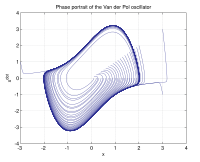Symplectic geometry

Symplectic geometry is like playing with blocks but with a special rule. Imagine you have a set of blocks that you can stack up to make towers. But you can only stack them up in a way that they keep spinning around. This rule is called the "symplectic rule."
Now imagine you have two sets of blocks, a red one and a blue one. You can stack the red and blue blocks to make different towers. But remember, you have to follow the symplectic rule, which means the towers have to keep spinning around.
In symplectic geometry, the blocks are like mathematical objects called "tangent spaces." These spaces help us understand how things move and change. We can use the symplectic rule to study the properties of these spaces and how they change.
Symplectic geometry is important in many areas of math and physics, such as the study of the motion of planets and particles, the dynamics of fluids, and the behavior of electromagnetic fields. By understanding the symplectic rule and how it applies to these systems, we can learn a lot about the universe around us.
Now imagine you have two sets of blocks, a red one and a blue one. You can stack the red and blue blocks to make different towers. But remember, you have to follow the symplectic rule, which means the towers have to keep spinning around.
In symplectic geometry, the blocks are like mathematical objects called "tangent spaces." These spaces help us understand how things move and change. We can use the symplectic rule to study the properties of these spaces and how they change.
Symplectic geometry is important in many areas of math and physics, such as the study of the motion of planets and particles, the dynamics of fluids, and the behavior of electromagnetic fields. By understanding the symplectic rule and how it applies to these systems, we can learn a lot about the universe around us.
Related topics others have asked about:
